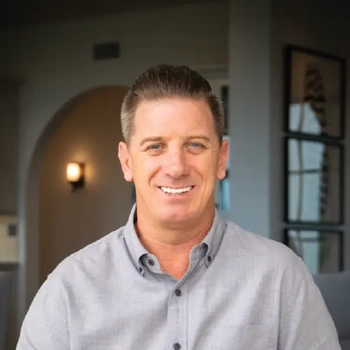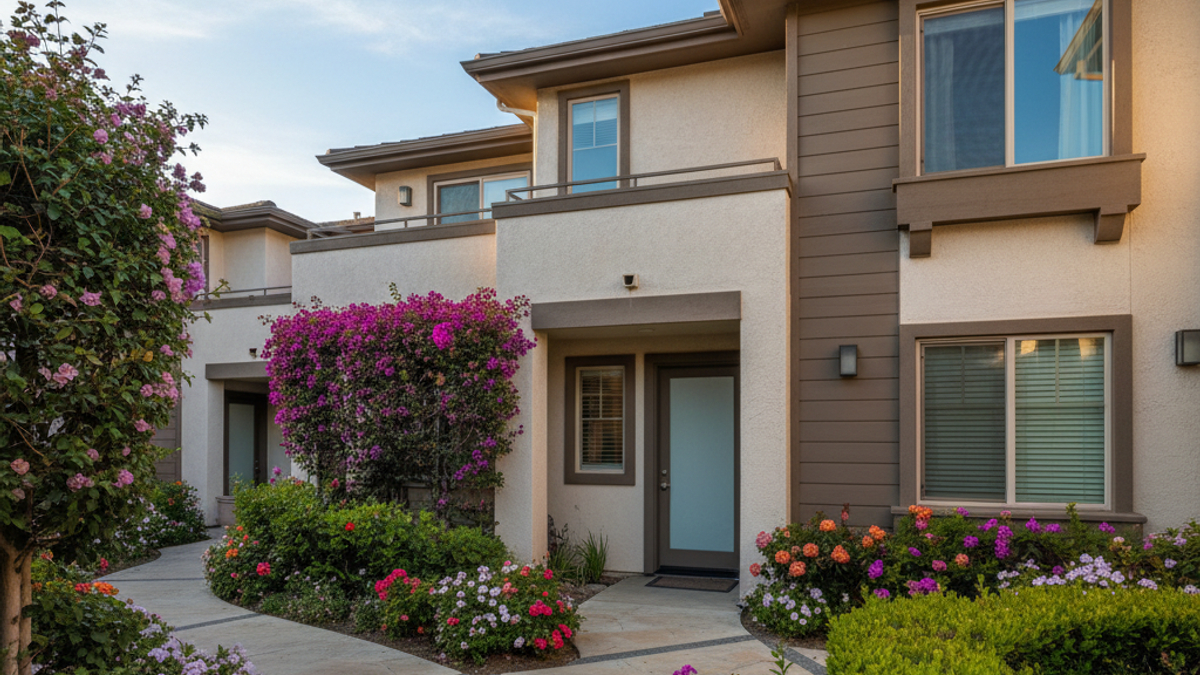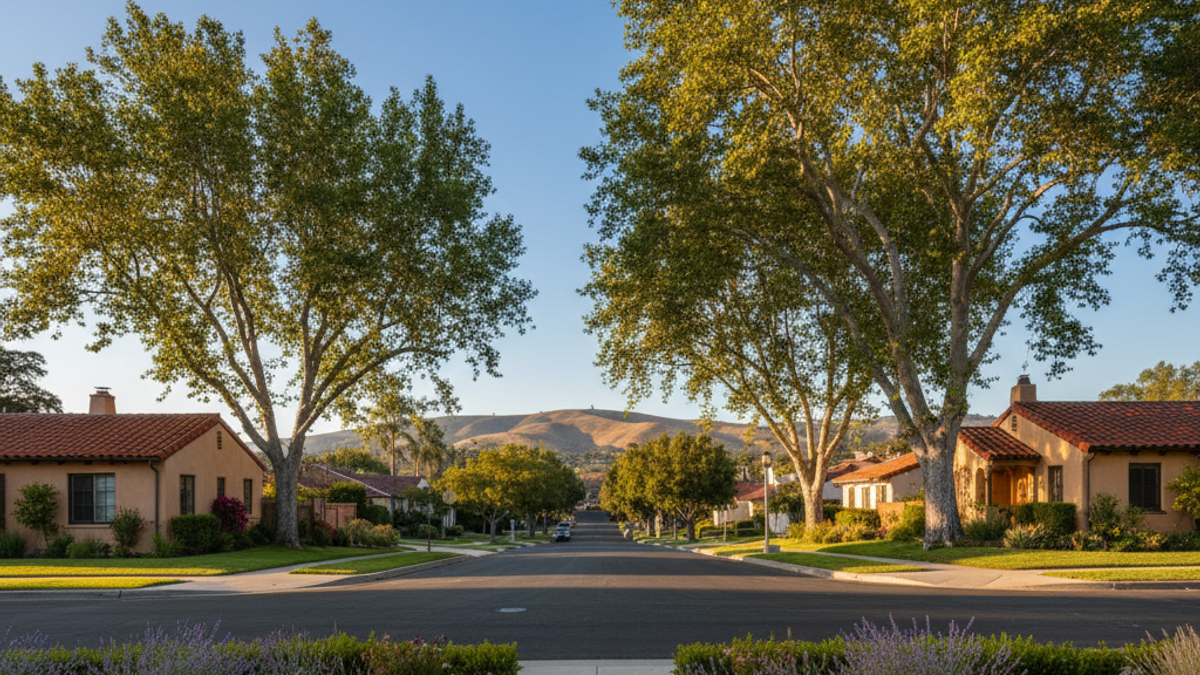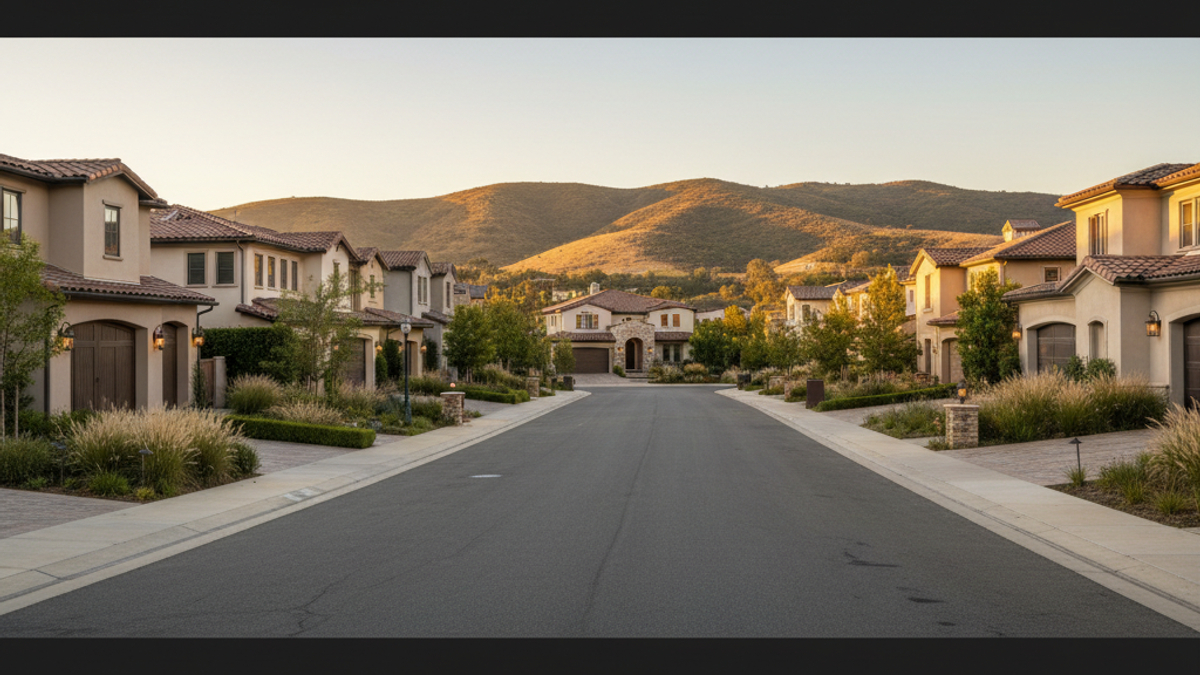1. Setting the Scene in Ladera Ranch
- Ladera Ranch is a master-planned community with about 25,000 folks living in tidy neighborhoods. It’s known for its cozy, family-friendly vibe—an ideal suburban oasis.
- Median household incomes hover around $156,000 here, which is part of why so many families consider Ladera Ranch a top OC enclave.
- You’ll find plenty of well-kept parks, inviting community pools, and frequent neighborhood get-togethers. If you ask me, it’s basically the kind of place kids dream of growing up.
- And let’s not forget that local Capistrano Unified School District consistently scores high in academic benchmarks, giving parents a solid reason to settle down for the long haul.
2. Top Elementary Schools Worth Checking Out
- Ladera Ranch Elementary is a major head-turner if you’re looking for the best schools in and around Ladera Ranch. CAASPP scores hover around 82% proficiency in ELA and 78% in Math, which means kiddos here aren’t messing around academically. They even offer after-school programs like robotics or art clubs, so your little ones can get their gadget fix or paint to their heart’s content. I’ve met more than a few parents who rave about how teachers somehow manage to keep order while still encouraging creativity. It’s like magic, but with lesson plans. You can also get involved through the PTA (trust me, they’ll put you to work, but in a good way). All in all, it’s tough not to be impressed by how casually top-tier this school is.
- Oso Grande Elementary is another contender that’s been winning hearts left and right. GreatSchools rates it highly, while Niche.com echoes the praise, calling it a community gem. Parents often mention the teachers’ dedication—imagine educators who actually stick around after hours to help with reading assignments or math questions. That’s Oso Grande for you. I’ve heard stories of the annual Spring Carnival that becomes this giant neighborhood block party, complete with face painting and local food trucks. It’s basically a microcosm of how this campus fosters connection. Plus, you won’t find many parents complaining about class sizes. They say the environment feels warm, almost homey, which might be why kids actually look forward to going to school. If that’s not a testament to its vibe, I don’t know what is.
- Now, about those extracurriculars—around here, they’re not just a cute add-on. You’ll see music programs that include everything from violin lessons to group jam sessions. STEAM labs? Oh, they’ve got those too, complete with hands-on science experiments that sometimes border on mini-explosions (in a safe way, obviously). Language clubs are on the rise, and it’s incredible to watch how quickly kids pick up Mandarin or Spanish when they’re genuinely excited to learn. The best part is the collaborative vibe. Teachers will pair classes together for joint projects, so one group might help another build a functioning robot or create a mural reflecting different cultures. Personally, I love hearing about these creative mash-ups. It keeps the momentum going and shows how learning extends beyond textbooks.
- Parent committees around here? They’re practically the backbone of these schools. I’ve seen volunteer rosters fill up in minutes because families genuinely want to chip in. From orchestrating bake sales to organizing school dances, parents go the extra mile. And it’s not just moms—dads, grandparents, even older siblings often jump into the mix. If there’s a fundraiser, you can expect local businesses to pop in with sponsorships and giveaways (you never know who might show up with pizza). This level of participation fosters a serious sense of ownership—like the school belongs to the entire neighborhood. And guess what? The kids notice. When they see grown-ups hustling for the greater good, it rubs off. Before you know it, they’re brainstorming community initiatives right alongside the adults.
3. Standout Middle School & High School Options
- Ladera Ranch Middle School (LRMS) is often spotlighted for turning out well-rounded teens. With 75% proficiency in English Language Arts and 68% in Math (numbers that might spark a bit of envy from neighboring areas), it’s clear academics are locked in. Yet they’re not just about the textbooks. Sports teams range from basketball to cross-country, so if you’re raising a future Michael Jordan—or a long-distance phenom—there’s probably a team waiting. Performing arts also get serious love here, with musicals that occasionally make you wonder if you stumbled into a Broadway rehearsal. And don’t forget leadership programs like student council, which teach responsibility in a way textbooks can’t. I’ve seen middle schools that overemphasize test scores, but LRMS really strives for balance. You’ll see the difference.
- Tesoro High School has a rep for high performance and it’s not just a rumor. With a 9/10 GreatSchools rating and an AP pass rate of around 85%, they’re crushing it where it counts. Athletics are top-tier, too—whether it’s a star football squad or a standout swim team, these students know how to represent. But it’s not all about big wins and trophies. Teachers here take college prep seriously, investing time in advanced courses that set kids up for those acceptance letters. I’ve heard from more than a few parents who say the campus culture feels driven yet supportive, like everyone wants to push each other to succeed. In a sea of high schools, Tesoro definitely makes waves you’ll want to pay attention to.
- Speaking of college prep, local high schools have beefed up their resources to keep pace. You’ll find counseling sessions that delve into everything from choosing the right electives to tackling financial aid forms. If you ask me, that’s a total game-changer. Then there are the SAT/ACT workshops—perfect for anyone who wants a leg up without paying a fortune for private tutoring. But let’s not brush aside extracurriculars either. Drama clubs put on productions that showcase serious talent, debate teams sharpen critical thinking skills (handy for nailing those college essays), and community service initiatives allow students to give back—and beef up those resumes. In this area, it feels like schools embrace the idea that learning happens everywhere, not just in a classroom or a test booklet.
- Success stories float around here like confetti. It’s not unusual to hear about graduates landing spots at UCLA, USC, or even heading out of state to Ivy League programs. I’ve chatted with families who credit the schools’ supportive environments—engaged faculty, peer study groups, and that ever-important booster culture—for giving students the tools they needed. One friend told me her son got a scholarship partly because of his leadership role in a community service club. Another mentioned how a teacher’s informal tutoring sessions after class helped bump up scholarship offers. Essentially, these schools aren’t just cranking out diplomas; they’re guiding teens toward next-level achievement. You might even say the entire community rallies behind each high schooler’s future, which is something you can’t always put a price tag on.
4. The Community Connection: Beyond the Classroom
- Local schools actively team up with community centers and libraries, meaning kids can dive into summer programs or reading challenges that round out their education in fun, dynamic ways.
- You’ll see it at family festivals, too—like the holiday parade or that crazy-fun carnival—where entire neighborhoods bond and celebrate student achievements together.
- Volunteerism runs deep around here, with parents and community groups constantly stepping in for bake sales, book drives, and even paint-a-thon events that keep campuses fresh and vibrant.
- All these connections help shape a safe, inclusive atmosphere. Kids grow up feeling supported not just by their teachers but by an entire network of watchful, caring neighbors.
5. Planning Ahead & Finding Your Fit
- For families mapping out the best schools in and around Ladera Ranch, I recommend starting with an old-fashioned campus tour. Seriously, seeing the place in person can change everything. Chatting face-to-face with administrators—and maybe a few teachers—lets you pick up on the vibe instantly. You can also get a handle on class sizes, hall pass policies, or those intangible little quirks that never show up in an online review. Another crucial step: confirm your household’s exact boundary lines through the CUSD residency checker, because nothing’s worse than falling in love with a school only to find you’re one street over. If possible, go during school hours to see real classrooms in action. It’s like test-driving a car—you gotta experience it before you sign.
- Ratings from GreatSchools or Niche provide a decent snapshot, but they’re not the whole story. Ever wonder how to interpret CAASPP scores beyond a simple percentage? Look at year-over-year growth. Maybe a school went from 75% to 80% proficiency in Math, which is a big jump. That consistent improvement suggests the faculty’s doing something right. If you’re like me, you’ll also snoop around test-subject breakdowns—some places shine in ELA while others are absolute rock stars in science. Remember, a single rating doesn’t paint the full picture. You want to find trends, not one-off stats. Tracking these can help you see patterns in how well a school adapts to new curriculum standards or invests in special programs. It’s basically detective work, and it’s worth it.
- Don’t just rely on the numbers—hit up the neighbors. If you’ve got a friend or colleague whose kid goes to a certain school, ask them everything they love (or don’t love) about it. Sometimes parents in PTA boards will spill details you can’t find online, like how well the school handles conflict or whether teachers send personal updates about your child’s progress. I bet you haven’t checked out those local Facebook groups dedicated to school chatter; do it, because that’s where frank conversations happen. You’ll hear stories about engaged principals or see warnings about a teacher who’s maybe not the best fit. It might feel messy, but real talk from people with boots on the ground beats polished brochures any day.
- And here’s the final kicker: stats and accolades won’t matter if a school just doesn’t vibe with your kid. Some children thrive in big, bustling environments, while others do better in a smaller, more tight-knit setting. You gotta figure out which scenario sparks that lightbulb moment for your child. Maybe your family values robust music programs over sports. Or maybe your kid’s all about joining a champion basketball team. Either way, the so-called top schools aren’t automatically the perfect fit for every family. Ultimately, there’s no single approach that trumps everything else, because every child is different and every household has its own priorities. In the end, trust your instincts—and your kid’s reaction—after touring, chatting, and crunching numbers. That intangible “it factor” is real.












